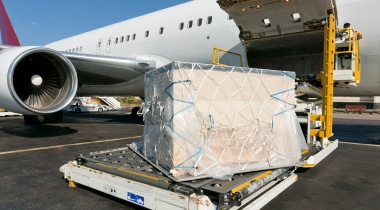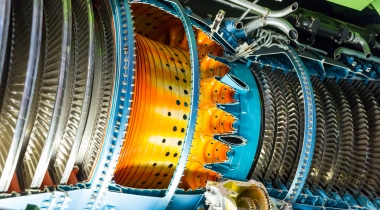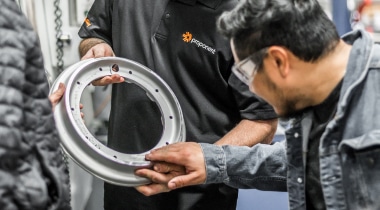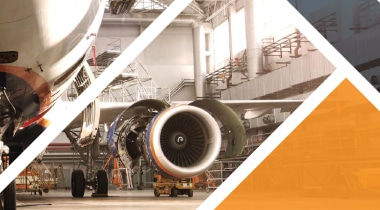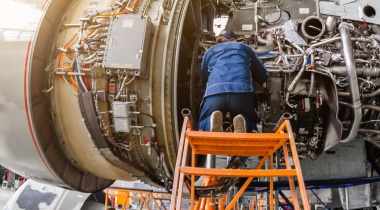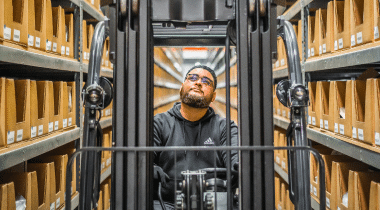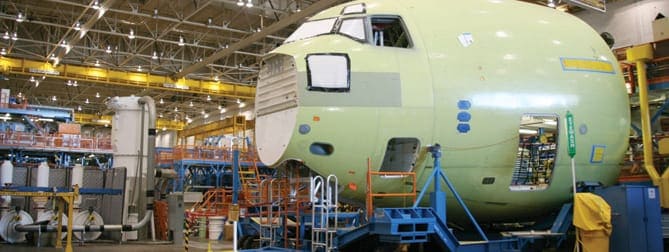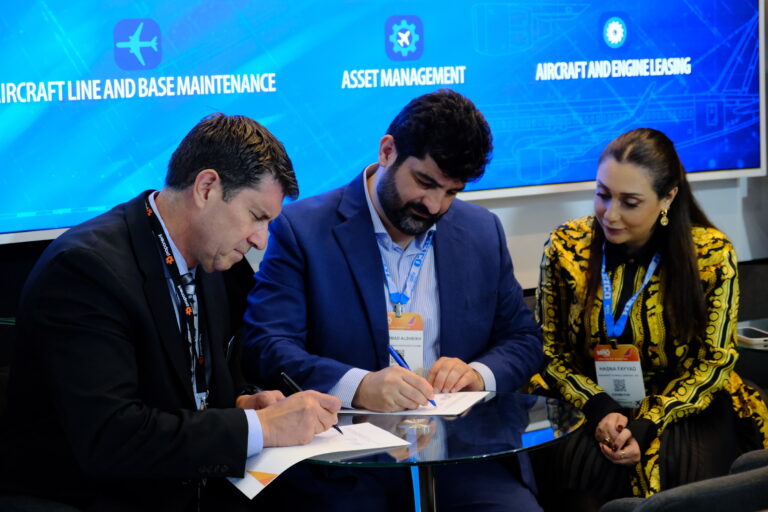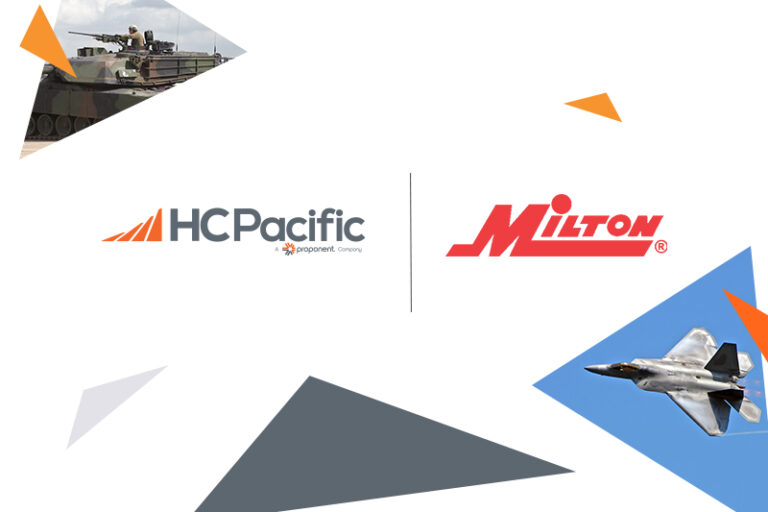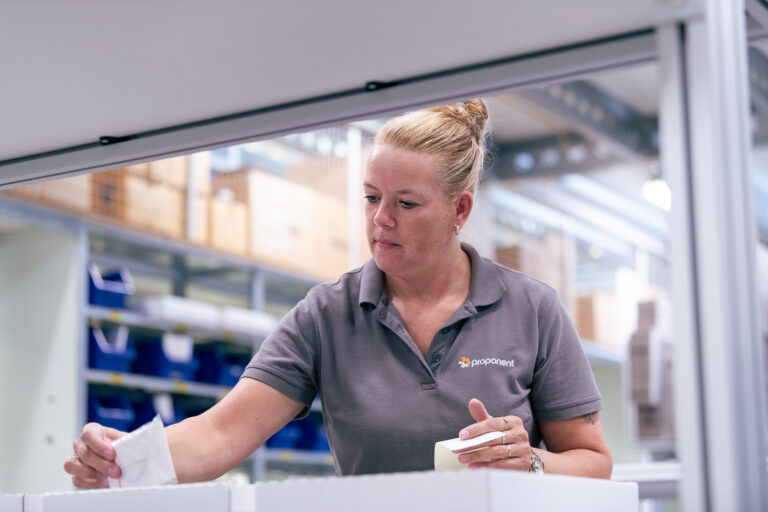Thanks to a steady stream of rapid advances in technology (and little end in sight with airliners on the cusp of electric-powered flight and hypersonic planes), the aerospace industry is in a constant state of flux. Each new aircraft model, engine improvement or component type means retooling aircraft manufacturing facilities and retraining staff and MROs. But what obstacles are faced during the transition process, and how are manufacturers working toward addressing these challenges?
Potential Challenges
According to Miroslaw Galus, president and CEO of Lotams, the difficulties faced when retooling facilities varies depending upon the age of the fleet. More established fleets typically take less time, as changes are often small or relate specifically to one area of the aircraft. The real challenges occur when adjusting the aircraft manufacturing process for newer, less-established planes, which usually involves selecting and adopting new machinery and retraining a larger number of staff.
The availability of newly adapted machinery can also be an issue, as Pratt & Whitney discovered while retooling facilities for the GP7200 engine. Despite its birth from the PW4000 and GE90 engines, this new version required sophisticated manufacturing systems—those of which were not yet in use on a large-scale level. Instead, customized solutions were required to complete the retooling process.
With new machinery, comes the need for well-trained employees. While well-established fleets provide widespread training opportunities to MROs and manufacturers, newer aircraft models often begin with a limited availability of training sessions. When the Boeing 757 and 787 debuted, both airBaltic and Lotams faced potential delays due to the limited availability of training slots.
Smoothing the Transition
While some challenges are unavoidable, many aircraft manufacturing plants are implementing steps toward smoother transitions, with one of the most wide-scale tactics being the implementation of lean processes.
For aerospace giant The Boeing Company, applying lean principles to its manufacturing facilities has been an ongoing process. As an early adopter of the practice, the company has implemented lean practices within the majority of its facilities, even prompting a well-cited video of the lean process within its 737 plant. In the spirit of the continuous improvement model, Boeing earlier this year announced plans to retool 787 Dreamliner production sites to help counter large Airbus sales. The new system emphasizes a flatter management structure to allow for better agility in responding to fluctuating aerospace markets.
For other aerospace companies, like SR Technics, implementing the lean process occurs simultaneously with facility retooling. Jose Olano, head of SR Technics’ aircraft support and training for its aircraft services division, cites a well-planned manufacturing model as a crucial step in the retooling process. While beginning cabin modifications for Scandinavian Airlines’ Airbus A330 and A340 aircrafts, the Swiss MRO utilized lean principles during retooling to ensure reductions in waste and cost and for improved efficiency.
Our Part
The aerospace industries’ continuous need to adapt can come with challenges. While some prove less straightforward than others, the adoption of efficiency models like the lean process can help provide a smoother transition. At Kapco Global, we too continually make improvements that help keep us current with the needs of the ever-changing aviation industry. Advances such as our Kapco kart e-commerce portal provides our customers with 24/7 access to inventory levels and precise shipping estimations. Features such as invoice management, cert retrieval and shipment tracking, offer stability and efficiency to our customers during times of retooling and retraining, as well as regular fleet production and maintenance.
More From the Kapco Blog
Aviation Fuel Prices: Projected Increases and Possible Impacts to Aerospace
Rapid Advances in MRO Technology
The Internet of Things (IoT) and its Effects on Aviation Supply Chain Management

